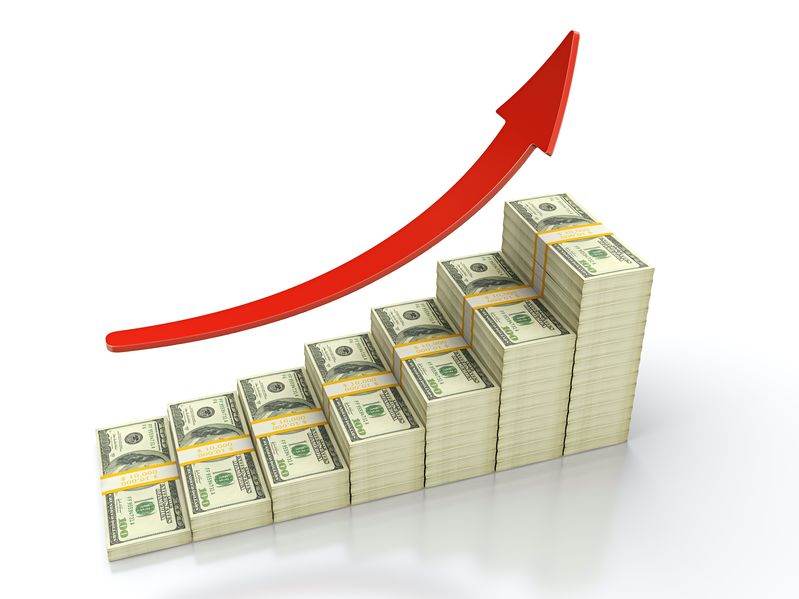For a long time, corporate bonds were only for the richest of the rich—the top 1%, to be exact. They were often referred to as business-risk investments. No one had quite figured out which bonds would pay as agreed and which ones had the higher risk of defaulting.
That was all changed by W. Braddock Hickman, an economist born in 1911 in my old hometown, Baltimore, Maryland.
Here’s how he – and one of his followers decades later – change the investing game forever…
In ways we can still replicate.

Hickman eventually went to Johns Hopkins University, earned a PhD in economics, and went on to teach at Princeton and Rutgers. He ended up as a research staff member and director of the Corporate Bond Research Project of the National Bureau of Economic Research and published three books on corporate finance. His books outlined, for the first time, the nature of economic activity, corporate performance, and credit risk.
In the 1960s, those books fell into the hands of a young scholar at the University of California at Berkeley. The young man was so taken with his findings that he changed his career emphasis to business and finance instead of his original field of mathematics and science. He wrote an op-ed that he sent to the New York Times, in which he, in the spirit of 1960s Berkeley, was out to change the world by using finance to provide more opportunity to more people.
The New York Times never published the article that young Michael Milken sent to them back then. They should have because Milken really did change the world. We can discuss all the things Milken eventually accomplished that were a driving force behind the economic success of the last fifty years another day.
For now, I want to focus on the early years of Milken’s career. He used the ideas from Hickman’s research to make an enormous amount of money for Drexel Burnham investment bank, the bank’s clients, and himself. In Professor Hickman’s research, Milken uncovered the idea that fallen angel bonds—debt issues that were initially issued with investment-grade ratings but get downgraded to below investment-grade status—give investors a much higher yield than other bonds.
The high yields more than offset the slightly higher default rate of the lower-graded bonds, and a diversified portfolio of these issues could give investors huge returns. Take that theory, add a little leverage, and Milken’s carefully developed instincts and intelligence, and the firm and its customers have made millions.
Milken was so successful he eventually developed the same problem Buffett had at the end of the 1970s. Buffett used the deep value approach to investing developed by Ben Graham to make millions of dollars for his investors. He and Milken realized that they had made so much money that it no longer made sense to pursue the strategies that had made them wealthy.
Milken began using lower-rated new-issue bonds to finance young companies. His work funded early competitors to AT&T, like McCaw Cellular and MCI. He raised money for Steve Wynn, which he used to basically buy the Mob out of its Las Vegas holdings and turn it into the mega casino megaplex it is today. When Chrysler was struggling to stay afloat, Milken was the only one who could raise the cash it needed to overcome its difficulties and eventually succeed. T. Boone Pickens used cash from Milken’s bond-selling prowess to remake the US oil and gas industry.
Milken raised almost all of the cash used to grow and expand the cable TV industry. One of his earliest clients was Ted Turner, who used the cash to build CNN and make the Atlanta Braves a perennial pennant contender thanks to the cash earned by his flagship station, WTBS, which aired the team’s games all across the country.
Buffett became America’s wise old uncle and the greatest bear market investor of all time. It is the small-cap deep value and undervalued credit approaches that made both men rich. The opportunities still exist today. You will not hear about them from the media. You cannot invest billions of dollars in deep value or underpriced strong credits. You can, however, invest thousands and even millions all day long.
These are exactly the concepts I share with my readers to help them use their own version of the 1970s Billionaire Playbook to prosper in today’s uncertain economic environment.
Financial Adviser Reveals “Secret Map” He’s Using to Retire His Family
The last time such a rare situation happened with this “secret map” was in 1984. When one stock skyrocketed for all-time gains, that resulted in $5,000 turning into $108,850… and $25,000 into $544,250! Now it’s even bigger. Click here before it's too late.





